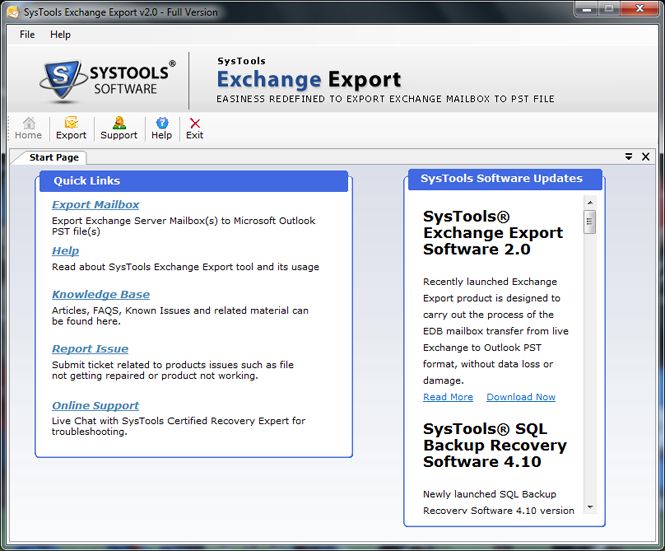
Changes made to the data in Access are reflected in Outlook, and vice versa. By contrast, if you use the link option, Access maintains a link to the Outlook data. Changes made to the data in either program do not affect the data in the other program. If you import the data, Access creates a copy of the Outlook data and puts it in an Access table. You can use the Exchange/Outlook Wizard to import or link to Outlook contact data. Import or link to Outlook contacts by using the Exchange/Outlook Wizard

As a result, you might want to import or link to contact data from Outlook into Access.įor more information about the reverse procedure (exporting contacts from Access to Outlook), see the article Export contacts to an Outlook address book. If we want to include the “ Sender” information in the output table, we can click the Expand Table button at the top of the “ Sender” column and click OK to extract the names and email addresses as additional columns in the current table.Access and Outlook are both excellent programs for managing your personal and business contacts. The “ Sender” column contains nested information about the name and email address of the sender. Other columns, like the “ Subject” column display all the email subject lines. You can also filter using pre-build text filters for items that begin, end, include, or don’t include specific text. I want to filter the “ Folder Path” column to only include messages from the “ Action Required” subfolder. This contains two versions of the email message: a plain text version and an HTML version of the message.

Attachment indicator and attachment filenamesĪn interesting column is the “ Body” column.These headings allow us to sort and filter the table to include only the needed items. Once we have brought the Inbox information into Power Query, check out these categories across the top of the table.


 0 kommentar(er)
0 kommentar(er)
